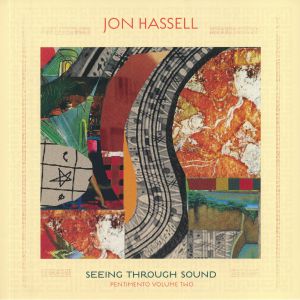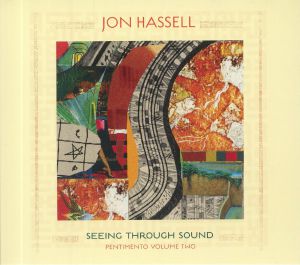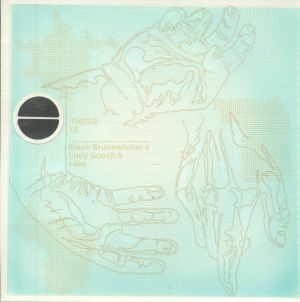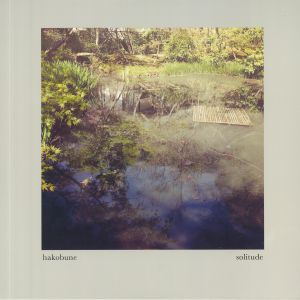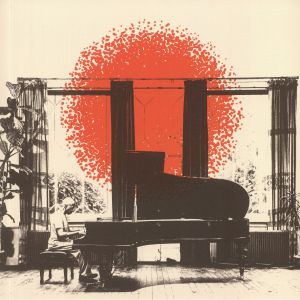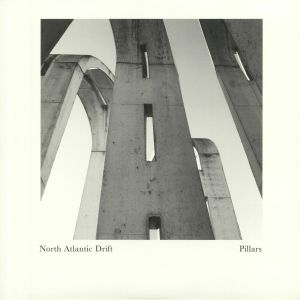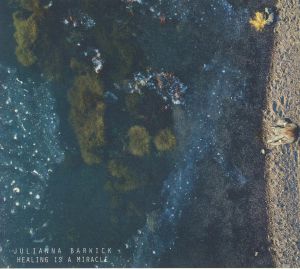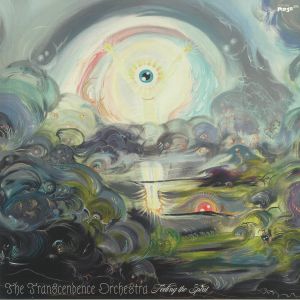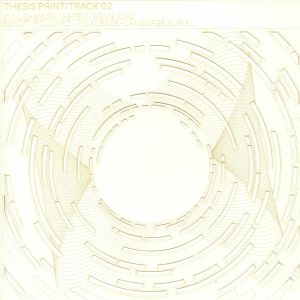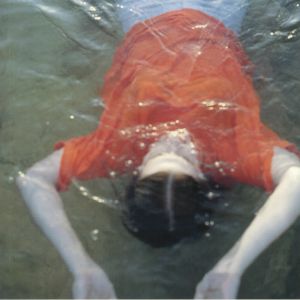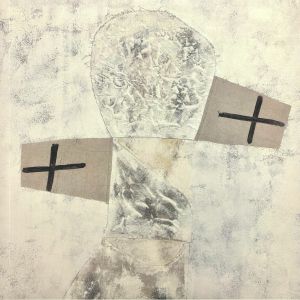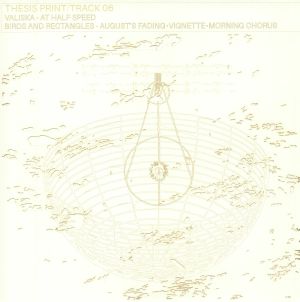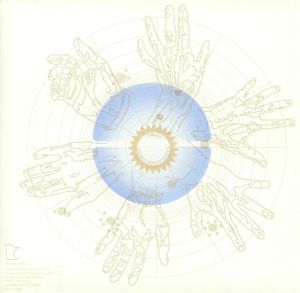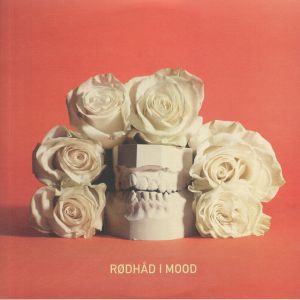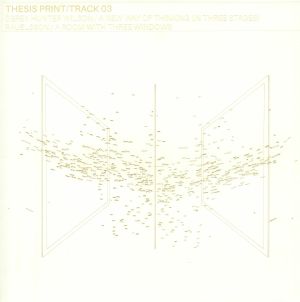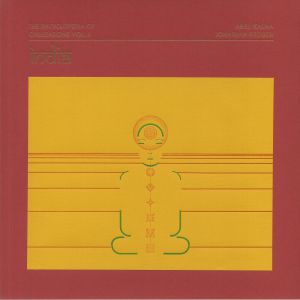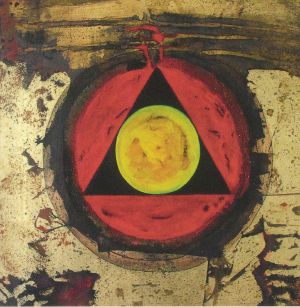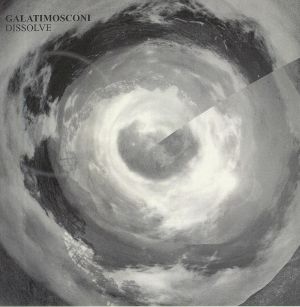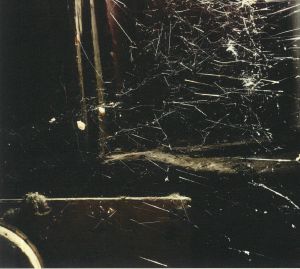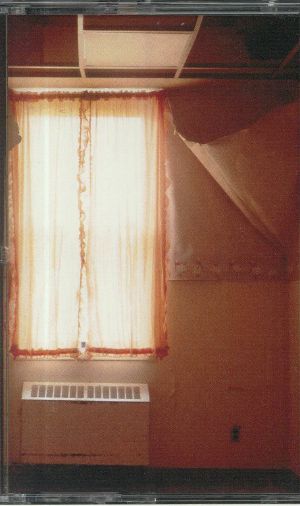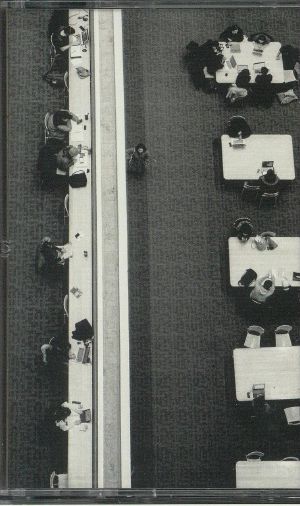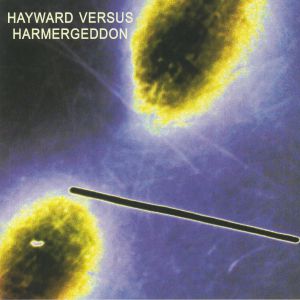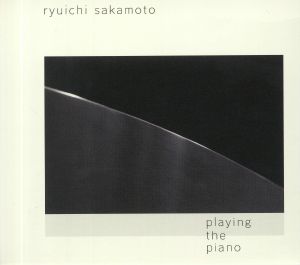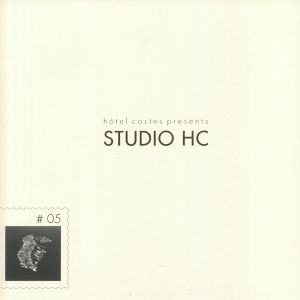
Juno Recommends Ambient/Drone
Juno Recommends Ambient/Drone August 2020
Read more...
1
Review: Up until his death in 2003, Hiroshi Yoshimura spent decades offering up immaculate albums that blurred the boundaries between ambient, new age and minimalism. For those not versed in the Japanese ambient pioneer's vast catalogue, 1986's "Green" - which is here reissued by Light In The Attic - remains one of his most impressive works. Created using a minimal number of instruments (mostly synthesizers and electric pianos), the set is as quietly jazzy as it is relaxing. Highlights include the meditative, Terry Riley influenced bliss of "Feel", the pulsing organ stabs and blissful electronics of "Sheep", the garden-ready musical hug that is "Green" and the swelling opener "Creek".
...Read more
out of stock $34.27
2
Cat: NDEYA 7LP. Rel: 27 Jul 20
Ambient/Drone
Review: Two years ago, Jon Hassell made more than a few jaws drop with "Listening To Pictures (Pentimento Volume 1)", the genre-bending trumpeter and composer's first studio album in nine years. On that album, he effortlessly updated his trademark "Fourth World" sound - a decidedly cosmic, impossible-to-pigeonhole mix of traditional, otherworldly, exotic and cutting-edge sounds - for a new era. He takes a similar approach on this "companion album", somehow fusing experimental jazz, disparate global sounds, ambient, electronica and digi-dub in a myriad of thrilling, boundary blurring ways. It's a startling piece of work and one that defiantly rewards repeat listens, but then we expect nothing less from someone of Hassell's skill and standing. Recommended.
...Read more
in stock $25.42
3
Review: How do you describe the indescribable, or explain that which doesn't always make sense? Pontiac Streator forsakes the standard debut album format for a sprawling, double-disc journey into soundscapes that feel thick, complex, familiar and weird, subtle echoes of rave legacies or cinematic sequences come and go, gliding on the gentle sense of rhythm that underpins the experience. If all that reads a bit too complex and conceptual, fear not. The act of listening is both rewarding and beautiful. An underwater dive into fizzing, dubby atmospheres with a constant sense of lightness and positivity. Whereas so many productions in this ilk seem to focus on cold, crystalline tones or details seemingly forged from steel, things are resolutely more rounded, inviting and hospitable here. More than a few strokes of genius at play.
...Read more
out of stock $24.05
4
Cat: NDEYA 7CD. Rel: 27 Jul 20
Ambient/Drone
Review: Two years ago, Jon Hassell made more than a few jaws drop with "Listening To Pictures (Pentimento Volume 1)", the genre-bending trumpeter and composer's first studio album in nine years. On that album, he effortlessly updated his trademark "Fourth World" sound - a decidedly cosmic, impossible-to-pigeonhole mix of traditional, otherworldly, exotic and cutting-edge sounds - for a new era. He takes a similar approach on this "companion album", somehow fusing experimental jazz, disparate global sounds, ambient, electronica and digi-dub in a myriad of thrilling, boundary blurring ways. It's a startling piece of work and one that defiantly rewards repeat listens, but then we expect nothing less from someone of Hassell's skill and standing. Recommended.
...Read more
out of stock $11.89
5
Review: American composer Rafael Anton Irisarri is a mainstay of the ambient, noise and drone world. He has engineered for plenty of key names, but also turns out exquisite works of his own that show a real dedication to and understanding of his craft. Always at the modern end of the ambient spectrum, he laces oceanic symphonies with tape loops, electric guitar and washes of electronic sound. The result is music laden with layers of emotion and narrative arcs that reveal subtle new details each time. This stylish long player is another fine entry in his perfect discography.
...Read more
out of stock $31.23
6
Review: This is a beautiful new project from Lucy Gooch (UK), Black Brunswicker (US) and zake (US)-
Lucy Gooch's vocals become an ocean of loops and washes that float above the Black Brunswicker lap steel swells and zake drones.
Lucy Gooch's vocals become an ocean of loops and washes that float above the Black Brunswicker lap steel swells and zake drones.
out of stock $30.69
7
Review: Hakobune returns to the label with this beautiful 3 song LP. These songs have been with me for the last few months and have been such a comforting presence during such a tumultuous time. 3 blissful pieces for guitar with gentle overlapping tones and field recordings, ending with the glorious side-long piece oichi. I've listened to this more times than I can count this spring, and I'm so happy to share it with you all.
The pieces are named after rivers and streams near the artist's home, places of solitude.
The pieces are named after rivers and streams near the artist's home, places of solitude.
out of stock $23.20
8
out of stock $21.56
9
Review: This is the first North Atlantic Drift release on vinyl, and the first album the duo have recorded remotely (between Toronto and Walkerton, Ontario). Pillars consists of 9 pieces for guitar, synthesizers, strings and samples and brings subtle changes to the minimal ambience of the Departures Vol. 1 and 2 albums released on Polar Seas and Sound in Silence.
out of stock $25.15
10
Cat: EMEGO 282CD. Rel: 27 Jul 20
Ambient/Drone
out of stock $20.46
11
out of stock $6.85
12
out of stock $8.93
13
Cat: EMEGO 282. Rel: 27 Jul 20
Ambient/Drone
Review: Two years on from the release of their first Transcendence Orchestra album on Editions Mego, Anthony Child AKA Surgeon and Daniel Bean return with a second set of otherworldly ambient experiments. It's a suitably otherworldly affair in which the pair brilliantly combines the avant-garde minimalism of La Monte Young, the Music Concrete of Stockhausen, and the immersive ambient synthesizer washes of Pete Namlook, with droning tones, slowly-shifting, Krautrock style musical movements and - more significantly - the kind of psychedelic folk and folk-rock sounds most often found on late '60s albums by the Incredible String Band. If that sounds like a heady, intoxicating and otherworldly brew, that's because it is - and the album is all the better for that.
...Read more
out of stock $34.27
14
out of stock $29.57
15
out of stock $24.88
16
out of stock $7.19
17
out of stock $19.34
18
in stock $28.47
19
in stock $29.84
20
The Film Is About A Clown Who Leaves His Circus & Lives In A Building Near The Railway Station (1:47)
Review: We've all seen sledgehammer techno DJ-producers head off on a personal pilgrimage into the ambient drone wilderness. Many heads have got lost in endless seas of timbre and refrain, only to emerge the other side with something void of personality and littered with sonic cliches born from 'intelligent' warm-up sets packed with beatless B-side gems. RODHAD certainly fits the bill in terms of powerful club players, a guy whose own Dystopian parties, not to mention global guest bookings, refuse to take any prisoners from dark, sweaty dancefloors. Thankfully, though, this career landmark (if nothing else, it's the first outing on his new WSNWG - Back To Basics imprint, designed to provide a home for solo experimentations) manages to steer clear of overly-trodden paths. Made from field recordings, gorgeous hypnotic loops, layers of subtly ethereal synth work and plenty of nods to dance culture, it's impressive stuff.
...Read more
out of stock $25.71
21
out of stock $27.91
22
Cat: PRINTTRACK 03. Rel: 20 Jul 20
Ambient/Drone
out of stock $30.69
23
Cat: PSR 039. Rel: 27 Jul 20
Ambient/Drone
out of stock $11.05
24
Cat: ABST 012. Rel: 03 Aug 20
Ambient/Drone
out of stock $24.05
25
out of stock $7.73
26
Review: The latest missive from ROHS! offshoot Lontano Series is a first label appearance, and second album in total, from Roberto Galati and Federico Mosconi's collaborative Galatimosconi project. According to the label, Dissolve's six-track suite was recorded as a "stream of consciousness" during a few productive days in the studio. Musically, it's impressively hazy, spaced-out and blissful, with the Italian duo adding a range of attractive, echoing sounds - think gentle guitar passages, slow-burning electronic melodies, picturesque harp sounds and becalmed ambient chords - to densely layered audio collage of droning tones, heavily processed electronics, field recordings and effects-laden noises. It's undoubtedly beautiful, but also surprisingly loud and intense thanks to the copious amounts of delay and reverb involved.
...Read more
out of stock $7.19
27
Review: David Moore is an academic and pianist from Kasnas who formally studied in New York at the New School for Jazz and Contemporary Music. He wanted to take his music to a wider audience and so started his Bing & Ruth alias and started putting out minimalist ensemble sounds with a cinematic style and grace to spare. Species is the group's fourth album and is an exploration of the Farfisa organ, with accompaniment by only a clarinet and double bass. Inspiration came from his recent obsessions, the desert and long distance running, and you can hear it in the movement and plaintive music that results.
...Read more
out of stock $24.49
28
Cat: MPD 024CASSETTE. Rel: 13 Jul 20
Ambient/Drone
out of stock $18.24
29
out of stock $11.61
30
out of stock $11.61
31
out of stock $11.05
32
Cat: GOD 068. Rel: 20 Jul 20
Ambient/Drone
out of stock $14.42
33
out of stock $25.98
34
out of stock $29.57
35
out of stock $11.05
36
out of stock $14.37
37
out of stock $10.51

 USD
USD





